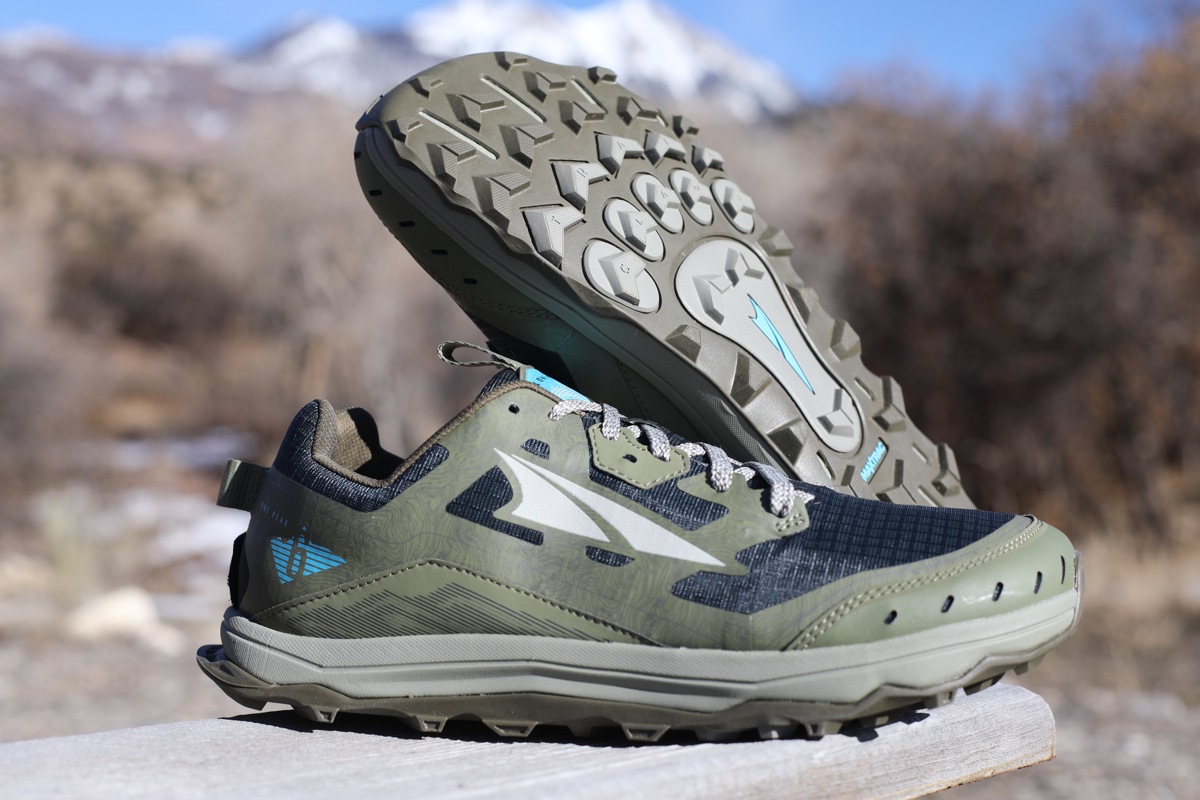 Soon, I will attempt my first 100-mile trail race in nearly five years. As daunting as the fitness preparation has been, the logistical preparation is looming ever greater as the days count down to the start. Nutrition and gear selection are crucial elements in a successful all-day running effort. But so, too, are aspects of pacing and running stride mechanics — the true nuts and bolts of forward propulsion.
Soon, I will attempt my first 100-mile trail race in nearly five years. As daunting as the fitness preparation has been, the logistical preparation is looming ever greater as the days count down to the start. Nutrition and gear selection are crucial elements in a successful all-day running effort. But so, too, are aspects of pacing and running stride mechanics — the true nuts and bolts of forward propulsion.
If finding what works is important, what may be even more important is finding what else works.
Races of 100 miles or more are endeavors in survival, which often depend on adaptation and problem-solving. What then happens if a runner’s plan A is no longer effective or applicable?
Having options — effective alternatives — for each performance variable is the key to success if (and usually when) the race day fails to go to plan.
One of my physiotherapy mentors and pioneers of the profession, Vicky Saliba Johnson, coined the phrase, “options of strategies.” She describes “functional efficiency” as a state in which a person possesses qualities, internal and external, that “allow for options of strategies in the performance of any given action or task.”
In other words, high-functioning people can successfully complete tasks not simply when they have one effective way of doing things, but when they have multiple options.
So, too, do the most successful ultra-endurance athletes have multiple options of strategies to meet the demands for fueling, gear, stride, and pacing.
You know what works for you, but do you know what else works?
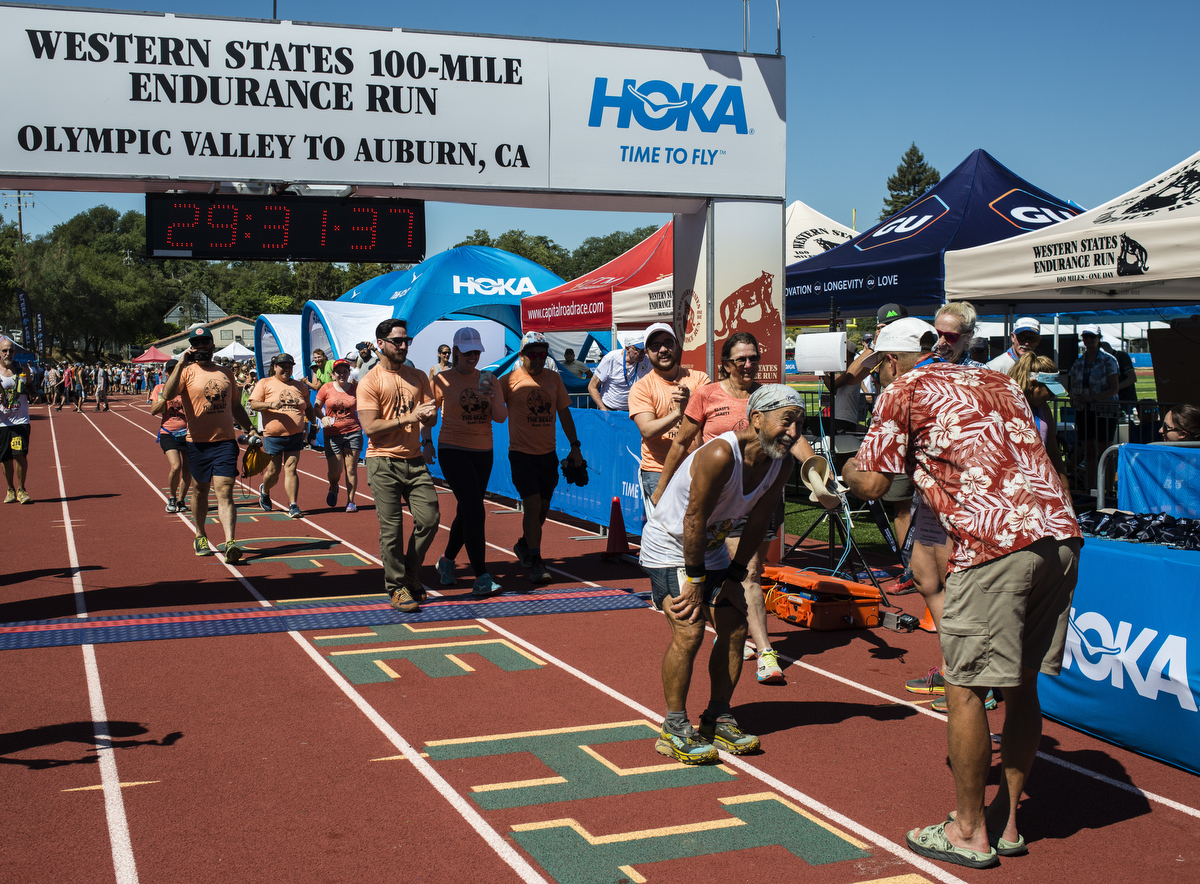
Kuni Yamagata, at 68 years old, was the oldest male finisher of the 2021 Western States 100. He and the others who made it to the finish line would have had to employ a number of strategies and adaptations along the way. Photo: iRunFar/Alex Potter
Fueling
Most runners have a preferred energy source. But fueling is perhaps the most crucial area to have options of strategies: the gastrointestinal (GI) system can be highly fickle and sensitive to not only duration and intensity, but also external conditions like heat or cold temperatures. And, perhaps more than any other system, the stomach is sensitive to monotony: what works for an hour or three might be completely unpalatable, 10-plus hours into an event.
With my coaching clients, I promote the following fueling strategies:
Clean Burning
The energy source should be easily digested without irritation on either the top or bottom of the GI system.
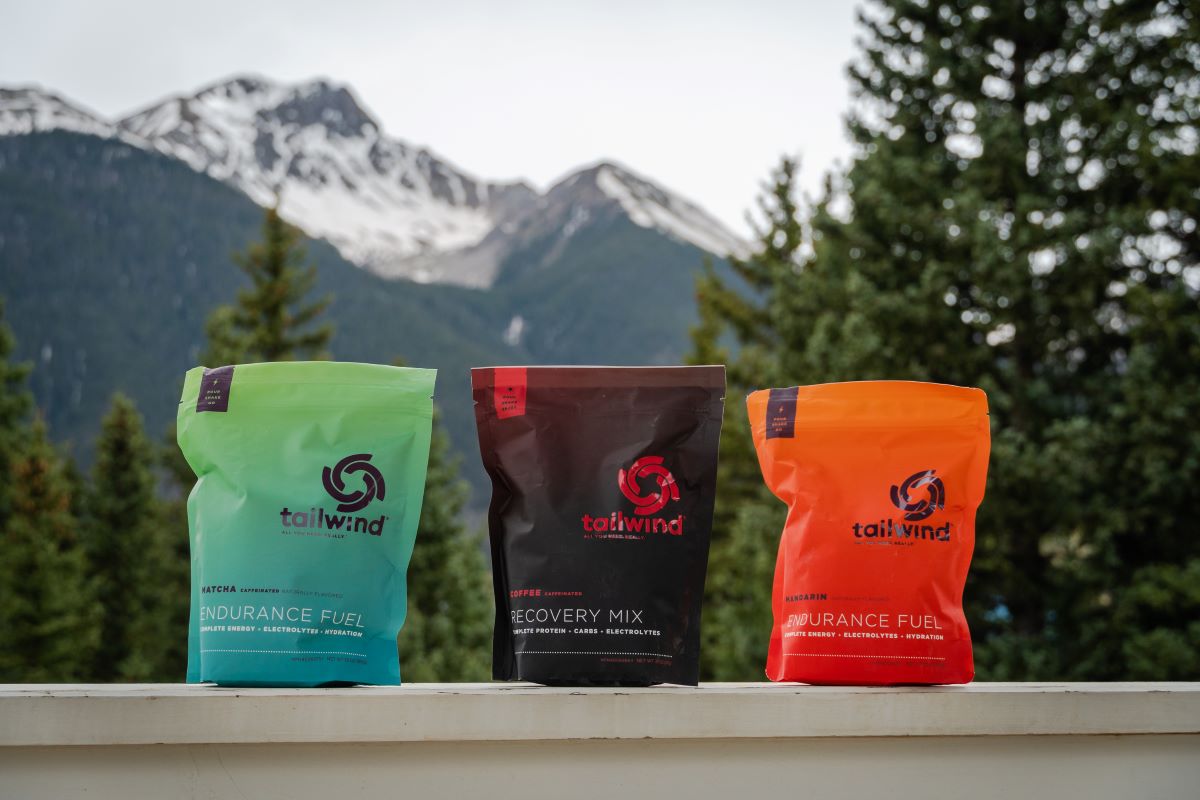
Running fuel is a personal choice, but many find Tailwind Endurance Fuel to be a good source of energy and easy to digest on the move. Photo: iRunFar/Eszter Horanyi
Fast and Slow
Fuel options should be fast-acting — carbohydrate-dominant foods or drinks that provide immediate energy pick-me-up — as well as slower-burning — those with longer-chain carbohydrates, or proteins and fats that either dilute the sugars, or otherwise slow the absorption and physiological action. Too much fast-burning fuel can cause rollercoaster energy spikes and crashes; but slower and heavier fuels may fail to provide perceptible energy boosts, or may feel too heavy on the run.
Sweet and Savory
Having clean-burning and fast or slow fuel options that span the spectrum of the palate is a key strategy to offset the fickleness of the GI system and brain during long endurance outings. Even if your preference is one or the other, should your gut or brain rebel against your favorite, oftentimes switching to the other end of the palate — from cola to chips, for example — might be welcomed even when your body is rejecting all things sweet.
Footwear
The most important piece of gear for 100-mile trail events is footwear. The demands of up and down, rocky and smooth, and wet and dry demand a footwear strategy that preserves the integrity of the feet. This includes both shoes and socks.
Once you’ve determined an optimal footwear strategy, consider the situations where you might benefit from alternatives:
Heel Drop
Many runners today prefer to run with low- or zero-drop footwear. While this may be an optimal strategy day-to-day, having an alternative — namely a higher-drop shoe in your gear bag — could make a critical impact on race day, should you have any foot issues. Foremost, a runner experiencing plantar foot or Achilles tendon pain mid-race may greatly benefit from even a modest increase in heel drop. A heel-drop change might also improve blister and toenail issues, simply by changing the angle of force being applied to the foot.
Toebox Width
The same applies to the width of the forefoot. Some runners prefer the snugness of a narrow toebox, while many love the roominess of a wide one. But foot issues can develop with both narrow and wide shoes. Shoes that are too big or wide might allow for excessive motion, resulting in blisters. Snug shoes may feel great early on, and then painful as the foot swells, deep into an all-day run.
Character
Having a variety of shoe types can also be helpful on race day, especially when trail conditions vary from start to finish, or weather conditions are variable. Many of the most grippy, responsive trail running shoes lack sufficient cushioning, while a lot of the best road running shoes are perfectly fine on trails so long as conditions are ideal. Packing multiple types of shoes allows you to respond to changing conditions of the course or the day.
Socks
Most runners have their go-to brand, thickness, and height. But like the shoe build, sock variety can provide helpful options for either more or less cushion, snug fit, or even thermal regulation.
As a physiotherapist, I recommend runners of all sorts to run in a wide variety of shoes. A foot experiencing a wide variety of stimuli tends to be stronger, more mobile, and more resilient. Consider this — and consider packing several socks options — for your next trail event.

You don’t need to bring this many different socks every time you pack for a race, but it is good to have some options! Photo: iRunFar/Morgan Tilton
Pacing and Stride Strategies
How do we get from start to finish? By putting one foot in front of the other! Running is the ideal propulsive strategy but nearly all of us walk or hike, as well, in covering the 100-mile distance.
Since running and walking is what gets us from the start to finish, one might think we would put more thought and practice into how, exactly, we do that with our bodies — including varying options of strategies to forward propel.
Walking Versus Running
Most runners preparing for mountain ultramarathons include hiking in their training plan. But in what specific conditions should we walk versus run? Some initial research has been done to investigate the mechanical and metabolic efficiency of one versus the other. But choosing to run or walk is ultimately an individual preference.
A mistake I commonly see as a coach is a runner who only walks when fatigued. This often implies they run too much or too hard, fatiguing the system, which forces a walk. A good strategy is to practice specific parts of your race course during which you will walk. Even better is to determine specific grades of incline, altitude, temperature, and/or terrain during which you will hike.
Practicing both the mechanics of a brisk walking pace gets the most out of the walk, while still feeling like a restful break from running. Moreover, practicing the transition back to running from hiking is a potent — and often overlooked — skill, because it is all too easy to keep walking, once you start. Mountain 100 miler success may boil down to run when you can, walk when you need to, and then get back to running as soon as possible.
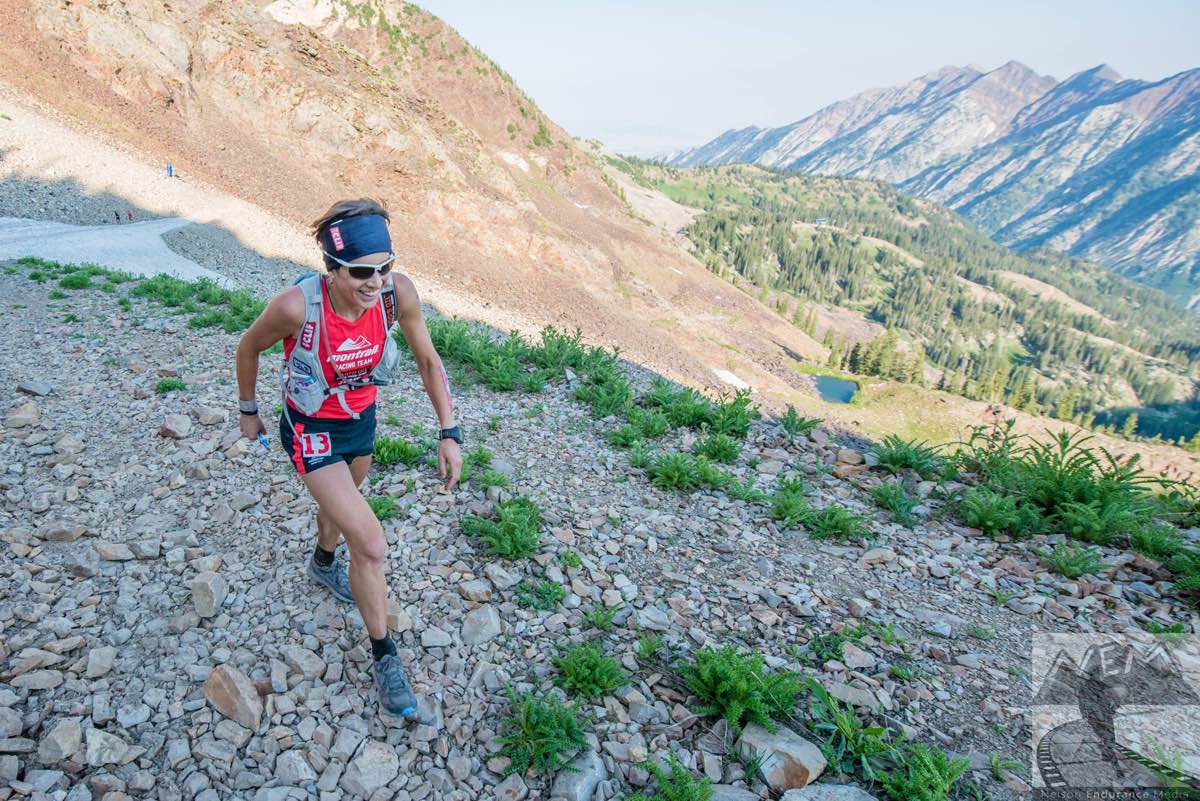
Ellie Greenwood powerhiking at the 2014 Speedgoat 50k. Even in shorter ultras, there will be occasions where it makes more sense to walk than run. Photo: Paul Nelson
Pacing
Successful and sustainable 100-mile pacing often involves working the edges of our comfort level. I consider the following strategies as critical to cover ground with peak efficiency:
- Running flats slowly. Sustainable 100-mile pace often requires a much slower-than-usual flat run pacing, compared to day-to-day running. This is especially true if running mountain ultras at high altitude, where even flat running is an aerobic challenge. Finding an all-day gear on flats that is slower-than-normal, but still mechanically efficient, is a key strategy.
- Walking quickly. Conversely, most of us walk or hike rather slowly in our daily lives. Pushing the speed of walking and uphill hiking will maximize the speed of walking, making it more intentional, and bring that pace closer to our slow running pace.
- Running downhills quickly. The single biggest difference I see between elite-level ultramarathoners and mid-pack and back-of-pack runners is downhill running speed. Yet, compared with all the other physical capacities, it depends least on overall fitness. With practice, any runner can become a more competent, efficient, and fast downhill runner. Practicing running downhills somewhat uncomfortably in training will establish a standard of speed and agility that will keep you moving quickly downhill on race day.
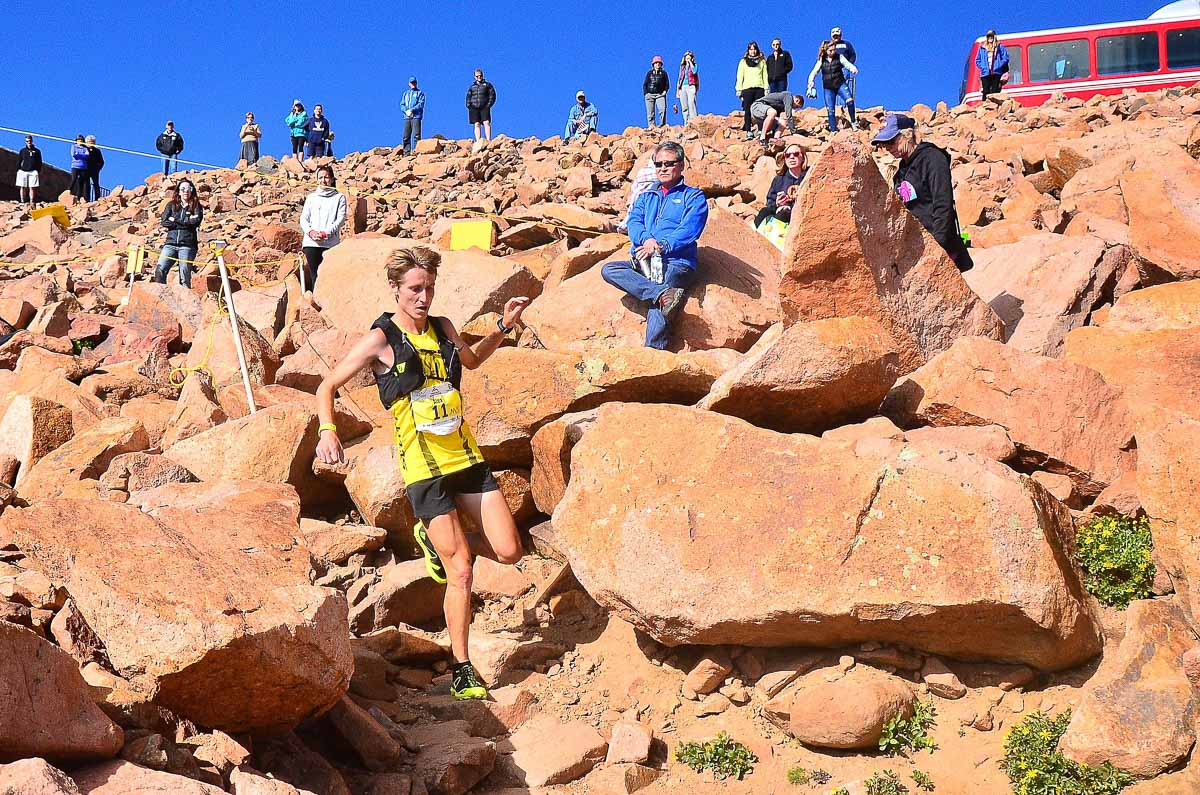
Alex Nichols bounding down the rocky top of the Pikes Peak Marathon in 2016. Not all downhills will be this tricky, but getting comfortable with downhill running on a mix of terrain can be a fast way to improve your finishing times. Photo: Tim Bergsten
Running Stride Strategies
Most runners have a gait strategy that is natural and easiest for them. But having options of strategies for how, exactly, we run can literally save the day. Many orthopedic aches and pains, as well as common issues like blisters and toenail issues, are heavily impacted by running stride mechanics.
If stride characteristics can cause a problem, so too can adjusting the stride potentially solve them. Sore calves and quadriceps, knee or hip pain, and even types of leg cramps, can be abated by adopting a different stride strategy. These strategies include posture, hip action, knee alignment, foot engagement, and arm swing, to name a few.
Conclusion
Humans thrive through efficiency and execution, but we survive through adaptation and compensation. The most successful ultra-endurance athletes are, first and foremost, survivors. And the key for survival is to have options of strategies, in as many areas as possible, to get you to the finish.
Like any strategy, these options should be developed and practiced well before race day. And if you do, you will be well-armed to attack and conquer even the most daunting challenges that these formidable events place before us.
Know what works, but also hone what else works for you.
Call for Comments
What strategies did you find worked well on a recent ultra? Or what didn’t work?
